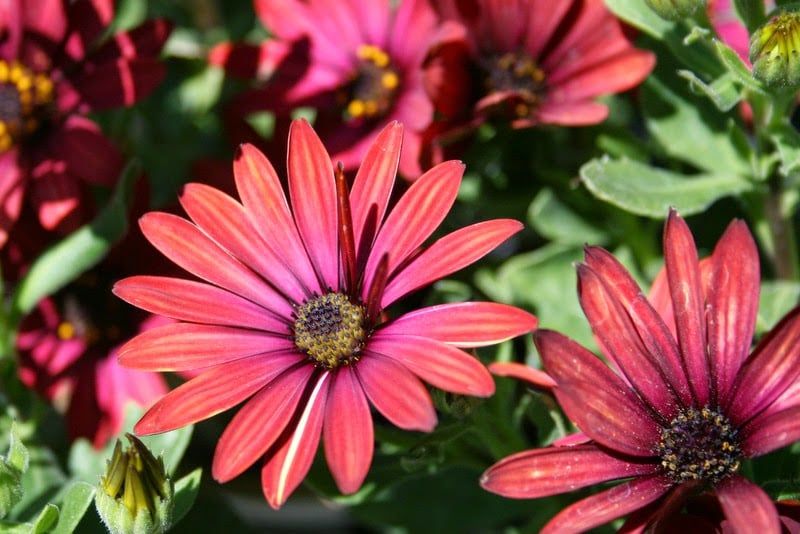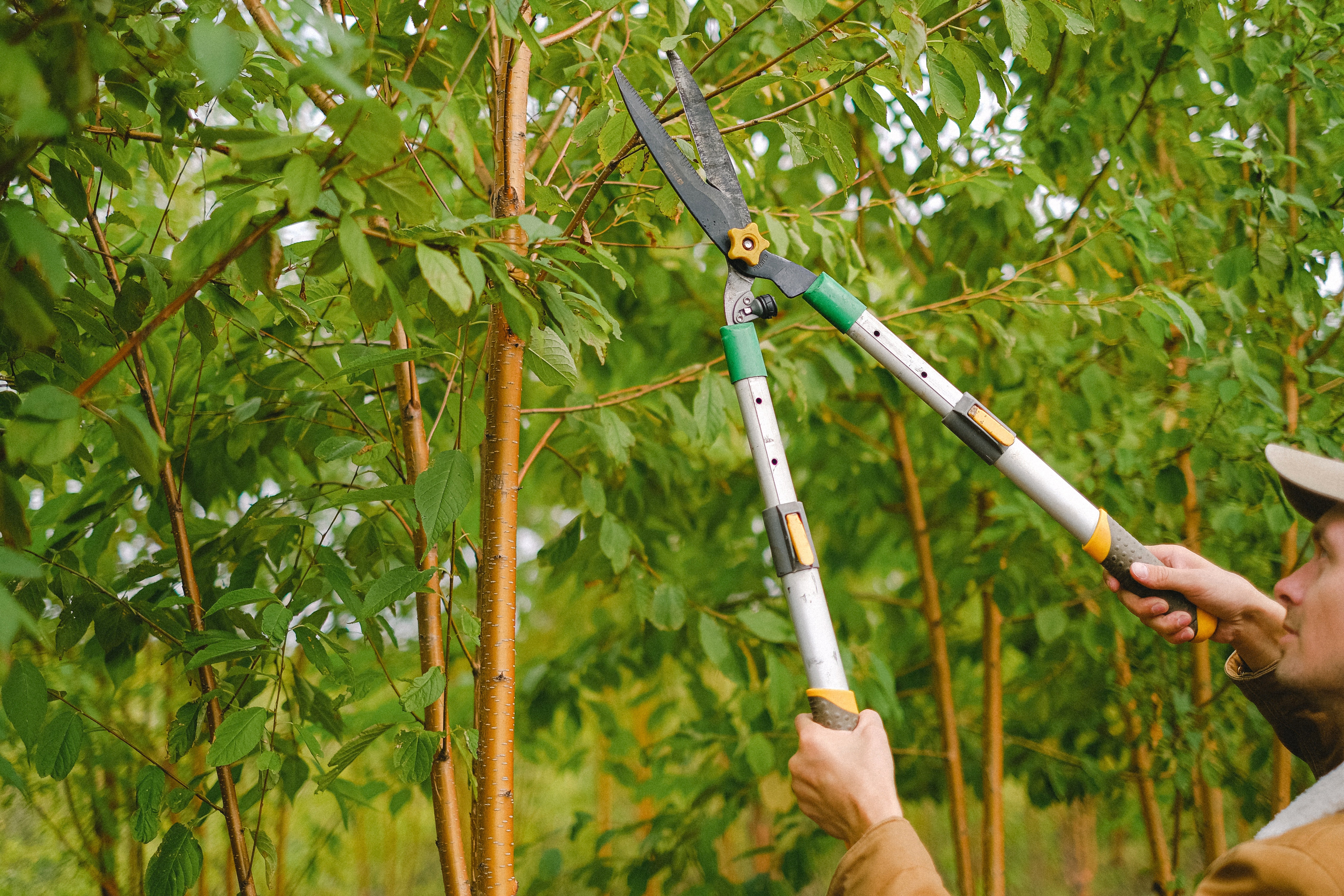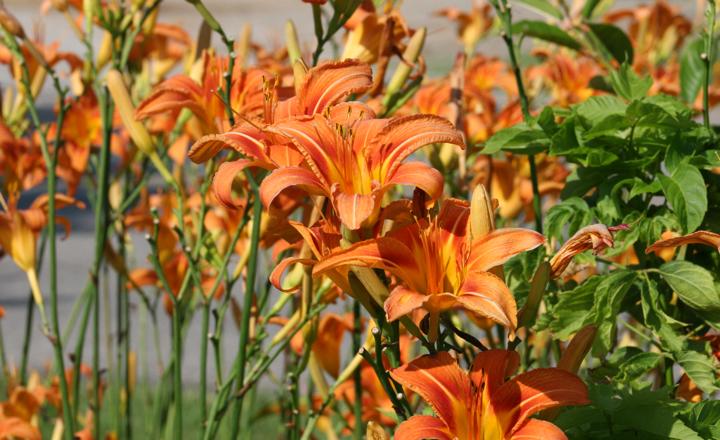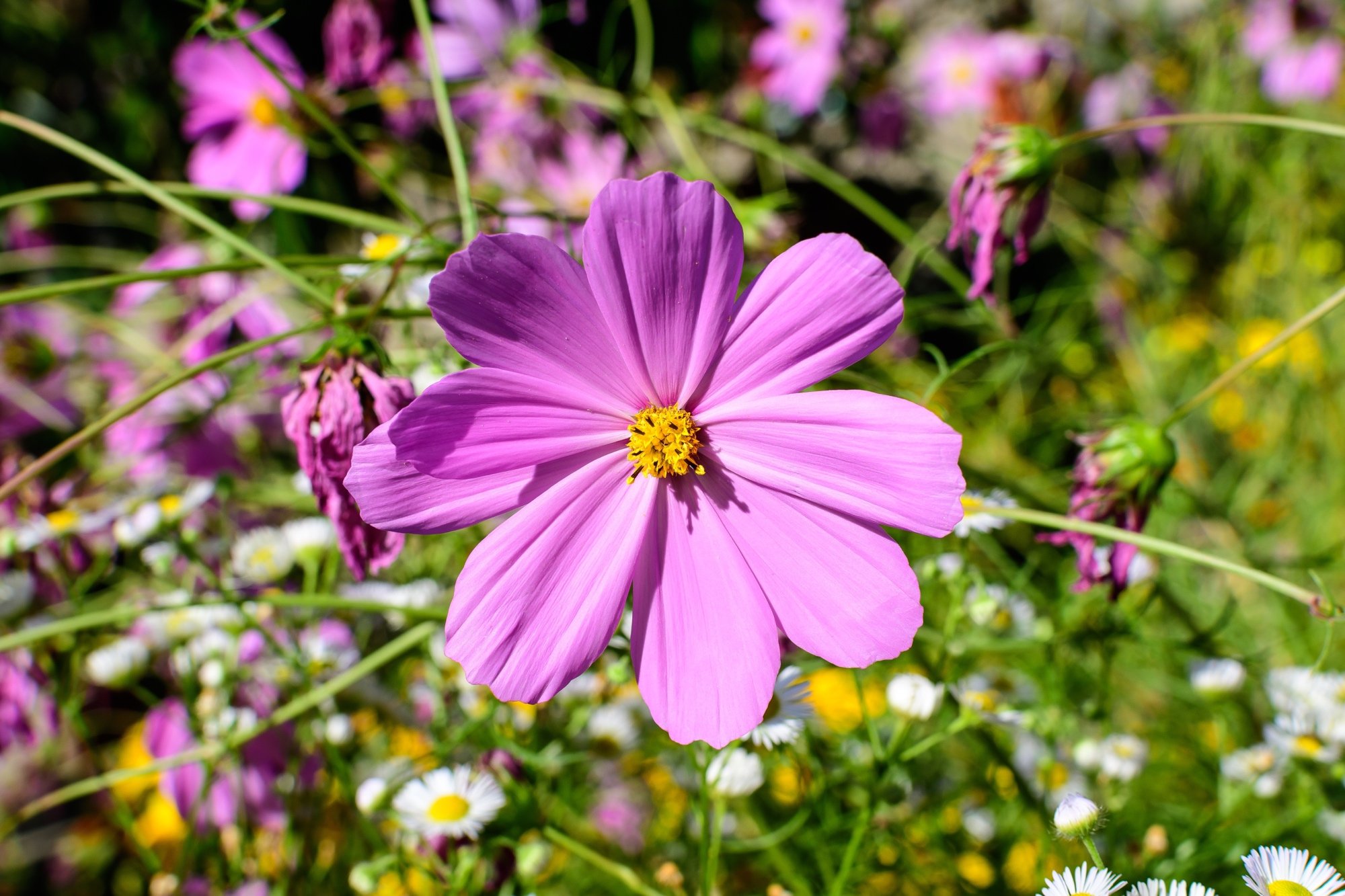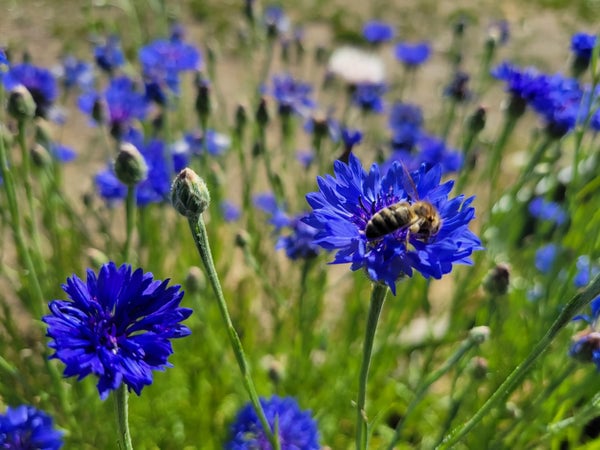Top 20 Reasons Your Hydrangea Leaves Are Turning Brown
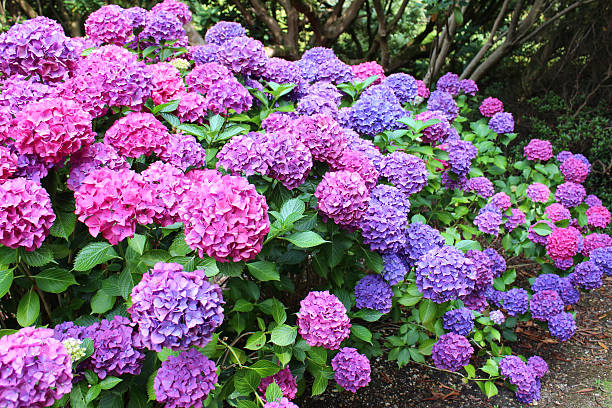
Table of Contents
Hello to all garden enthusiasts! Did you know hydrangeas come in a stunning array of colours, from vibrant blue to delicate pink? But hold your hats today; we are diving into the world of whimsical hydrangeas and discovering the problems behind the brown leaves.
As we stroll through this horticulture adventure, we’ll uncover not just one but 20 reasons for hydrangea leaves turning brown. From nutrient deficiencies to lack of sun or overwatering, there’s a lot more to those brown leaves you don’t yet know. Don’t worry. We’ll also unravel the secrets to restoring your beautiful hydrangeas. So get ready to unearth particle tips, easy solutions, and a few surprises along the way.
Let’s sprout some knowledge and bring those hydrangeas back to blooming brilliance!
20 Reasons for Hydrangea Leaves Turning Brown
1. Excessive Use of Fertiliser
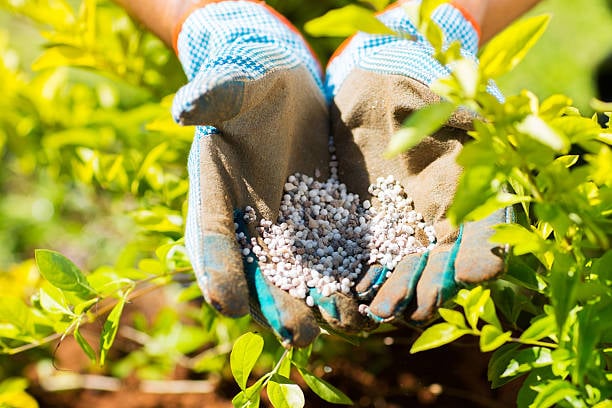
When you give your plants too many fertilizers, it’s one of the main reasons why hydrangea leaves turning brown. The excessive nutrients overwhelm their delicate system resulting in those ugly-looking brown leaves.
Here’s what to do: Simply hydrate your hydrangea generously to flush out all the excessive fertilizer. Remember always To use a balanced slow-release fertilizer and check the amount of usage mentioned on the package.
2. Lack of Nitrogen
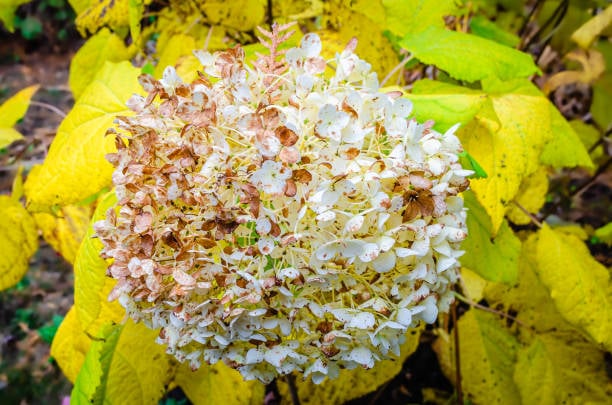
Even though we suggest you use nitrogen-based fertilizers, there are possibilities that the plant is unable to absorb nitrogen causing the leaves to turn red or brown. However, overusing nitrogen fertilizer can also cause the same. So, make sure to use the appropriate amount.
Here’s what to do: Use of all-purpose fertilizer can be a great help in this kind of situation. But keep in mind that they do have nitrogen in them, so we suggest that you only apply half of what is mentioned on the package. Then analyze if the plants are taking it well, then you can consider applying the other half as well.
3. Extreme Sunlight
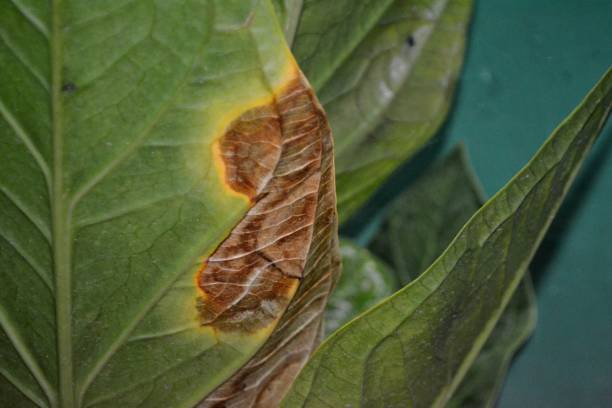
Hydrangeas are woodland plants and are strong enough to bear a bit of extra sunlight. However, it is not possible for them to handle the burning sunlight during the summer season; in this situation, you will definitely see hydrangea leaves turning brown.
Here’s what to do: Try to plant your hydrangeas against a wall or somewhere it can get shade. The second hack Is to plant sun-loving shrubs that will absorb all the sunlight and protect your hydrangeas.
4. Keeping Hydrangea in Too Much Shade
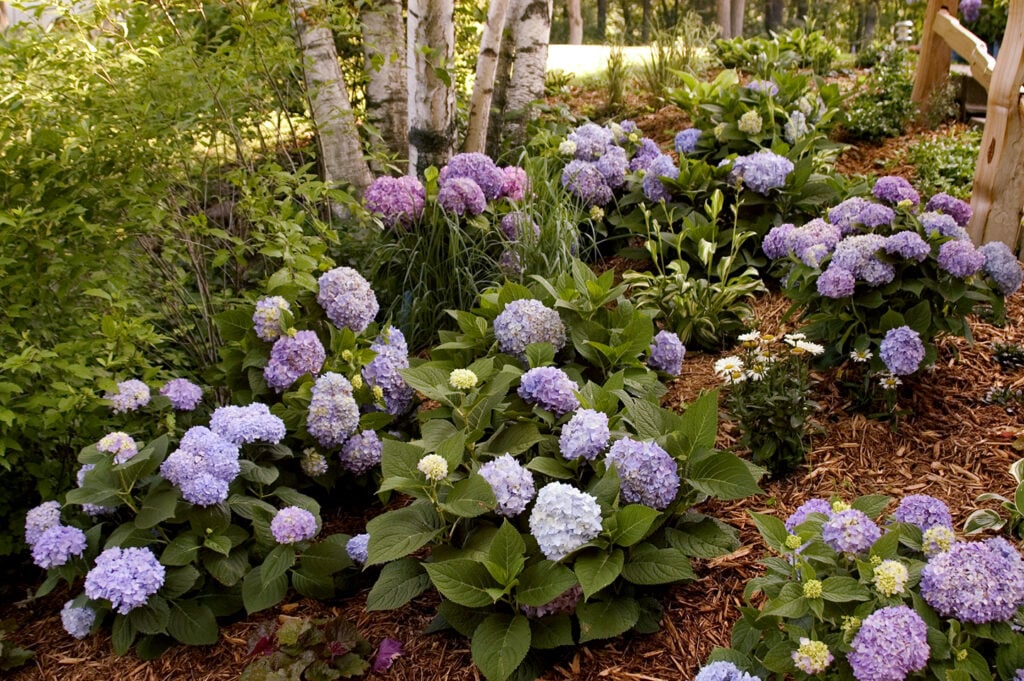
It is important for the hydrangea to get sufficient sunlight, as too much shade can also cause hydrangea leaves to turn brown. Photosynthesis won’t be possible if the plant isn’t getting enough sunlight which will eventually lead the plant to die.
Here’s what to do: Pruning can you help a lot to get through this situation; pruning will ensure the plant is getting sunlight in depth. The other method is to move it where it will get sufficient sunlight.
Note: Only move the plant in the spring season; doing so in summer will cause it stress leading to death.
5. Using Fertiliser on a Hot Day
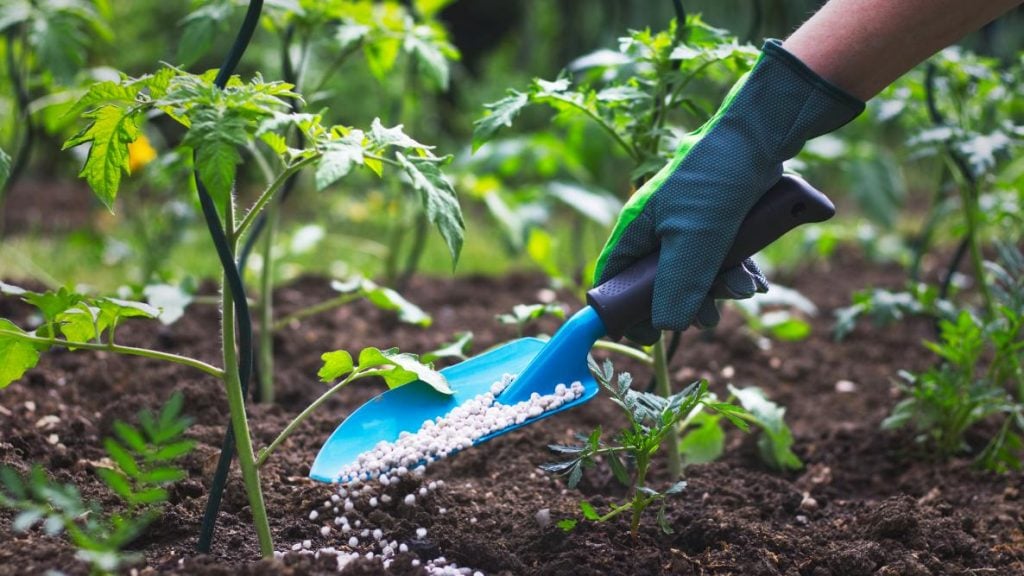
Adopting to use of liquid fertiliser on a hot day is literally like burning the plants with your own hands. Liquid fertilisers, when used on a sunny day, cause the leaves to burn, even though you might have mixed it correctly and used exactly what was mentioned.
Here’s what to do: The best way to save the plants, in case you’ve already done this, is to water the plants sufficiently so the fertilizer dilutes and is less harmful than before.
6. Lack of Water or Inadequate Irrigation
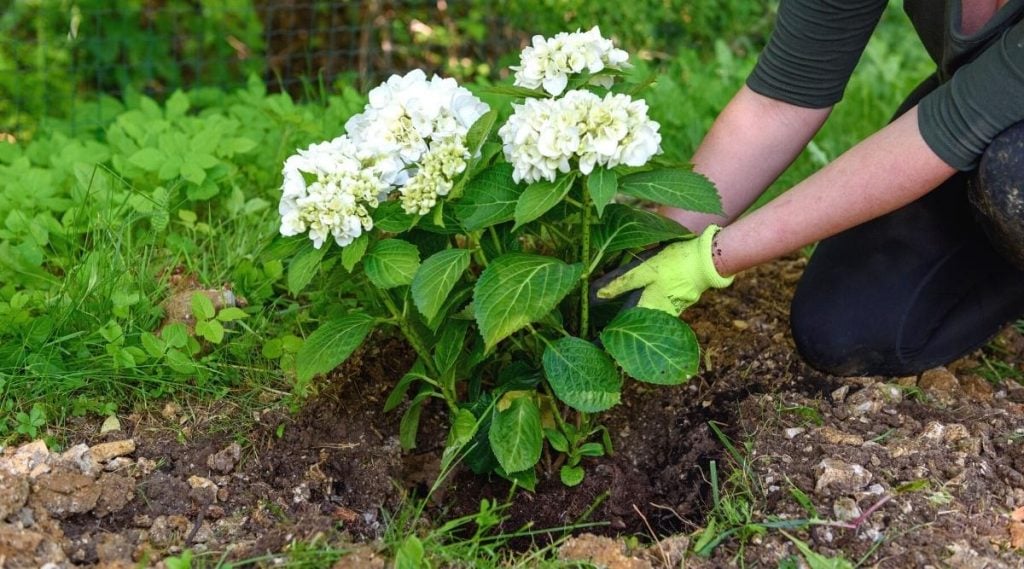
Just imagine your hydrangea on a scorching day, thirsty and parched like a dessert. When they are not getting enough water, their leaves choose to turn brown. Drooping leaves are normal in the summer season, but if there is excessive dropping, it’s a sign your plant needs water.
Here’s what to do: It’s better to use deep water instead of sprinkling. Aim for good drainage soil that will help the plant to get hydrated. Using mulch is also a great way to keep the hydration trapped.
7. Planting Hydrangea in Small Pots
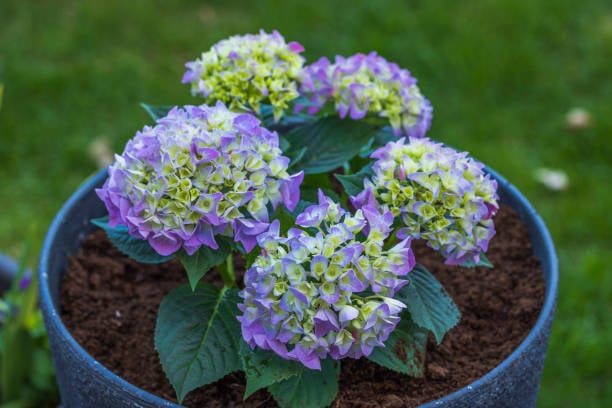
There is no harm in growing your hydrangeas in a pot. However, you also have to know that over the course of time, the soil will not have the same amount of nutrients as compared to when you planted it. This might also be a cause for hydrangea leaves turning brown.
Here’s what to do: re-pot the hydrangea into a bigger pot and try to use a good quality compost to make the soil better.
8. Planting in Summer
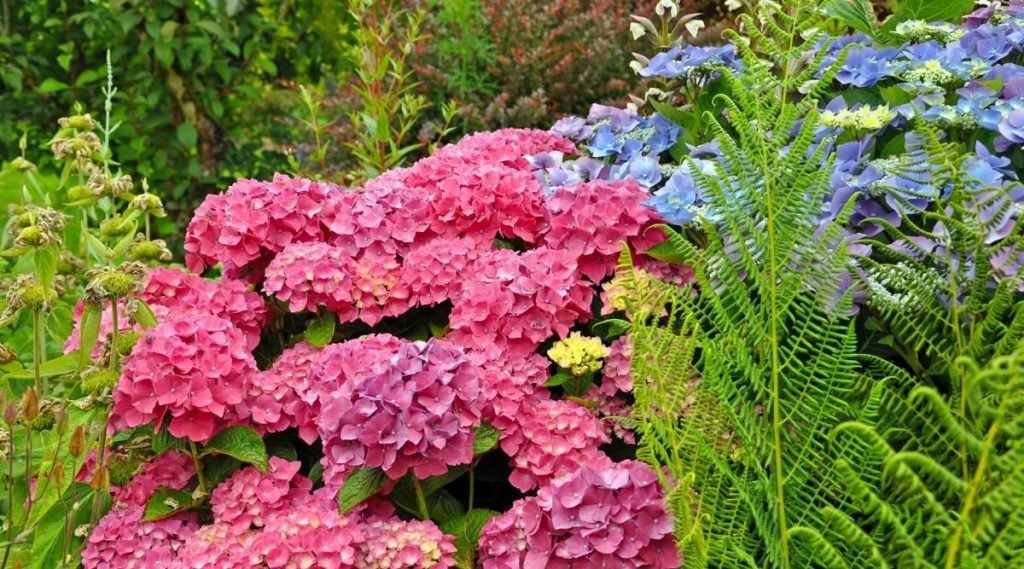
Plating them in summer can cause heavy stress on the plant; moreover, summer is the worst season to plant hydrangeas. We suggest that you plant them in the season of spring. Most people don’t realize how much harm they are cursing just by planting in the summer.
Here’s what to do: The fix is quite simple here. Just don’t plant in summer. However, if you have already done then make sure you take care of it like a baby, “water it”, and “feed it” regularly.
9. Transplant Shock or Root Damage During Planting
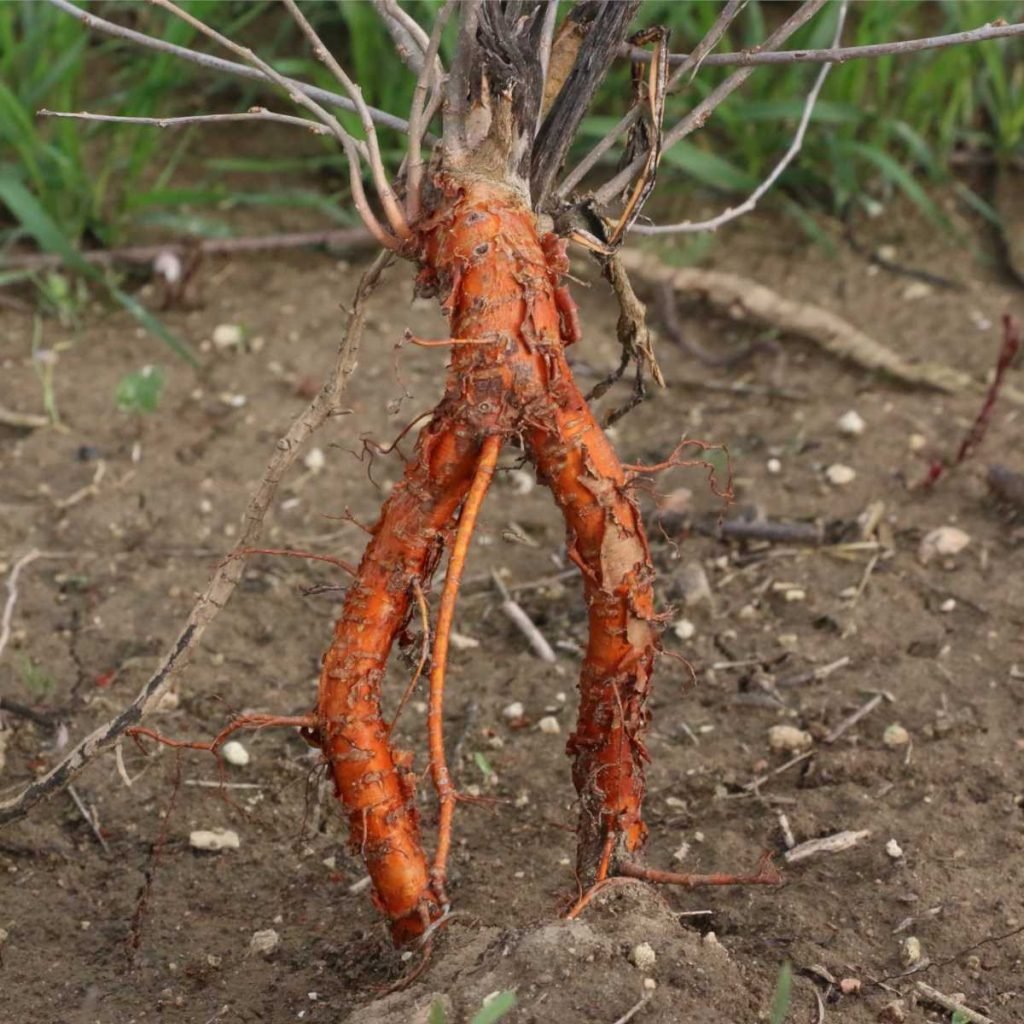
Re-poting a plant is always stressful for them. They are enjoying their comfort in a pot, and then you suddenly choose to shift them according to your mood. This can also be a big reason as the plant is unable to adapt to its new home.
Here’s what to do: Shift them in the spring season so they get time to adapt. You can also use mulching to cover the plants and make sure they get enough head. Keep an eye on it and take care of it frequently.
10. Overwatering or Clogged Soil
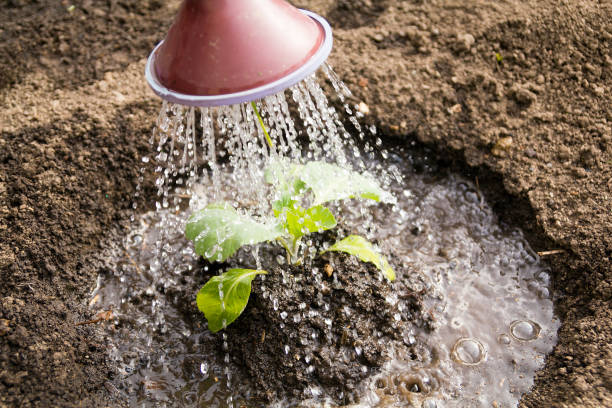
We all know too much water can drown the roots, and hydrangeas need well-drainage soil. Clogged soil prevents water from reaching the roots and hydrates the plants efficiently, causing waterlogging around the plant.
Here’s what to do: deal with this problem, ensure that you reduce the watering frequency, and make sure you work on the soil and make it well draining.
11. Excessive Wind Exposure
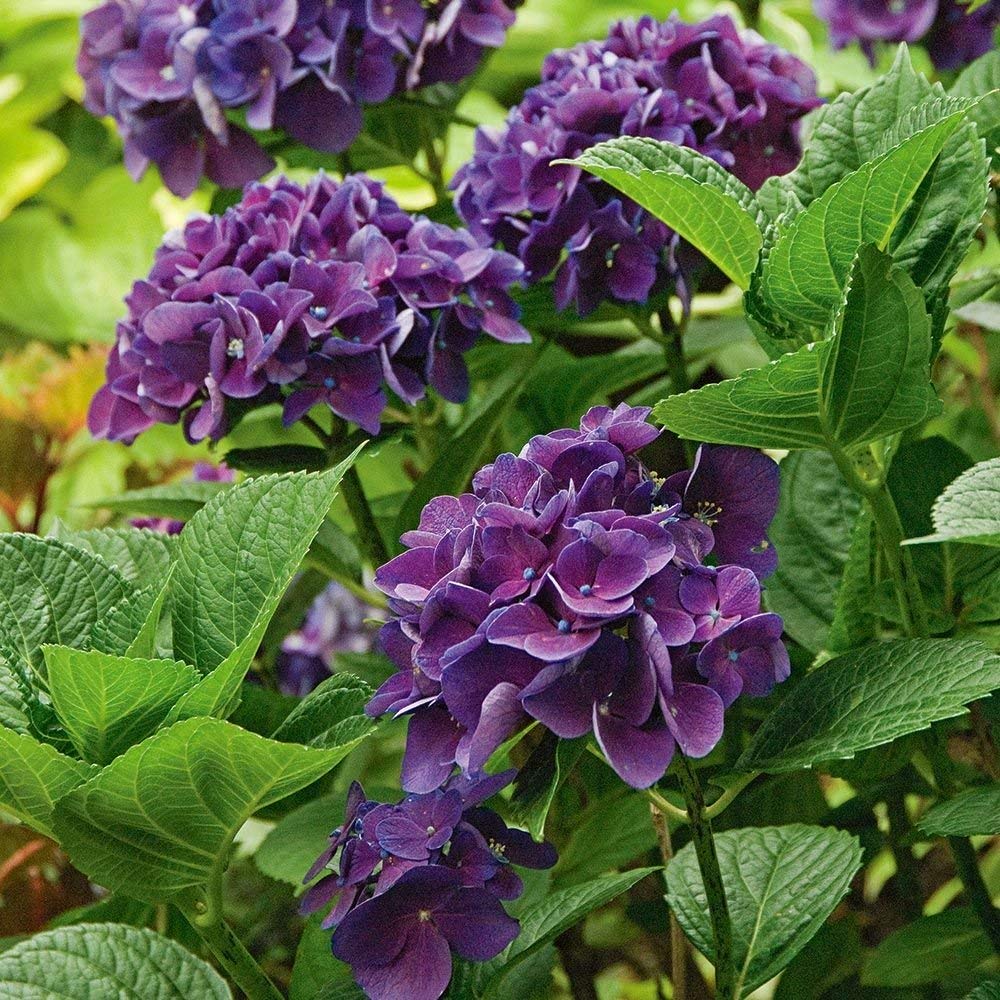
Strong winds are mostly known for causing dehydration in plants; if the wind is hot, this can also cause the leaves to burn and turn brown. In both situations, leaves will eventually dry and fall out.
Here’s what to do: Try planting strong plants like bamboo around the hydrangea that will ensure the wind doesn’t hit strongly on the plants directly. Ensure to provide sufficient water.
12. Environmental Stress, Such as Cold or Frost Damage
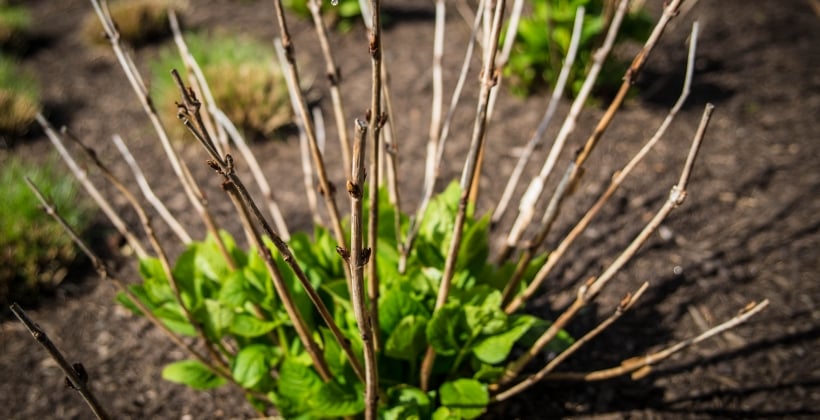
According to the temperature in the UK, hydrangeas face no such issues usually. However, if the temperature zone rises between 6 to 7, then it’s time to take action and protect your plants.
Here’s what to do: Use fleece as a cover on hydrangeas during the winter until the threat of frost has passed.
13. Bacterial Infections
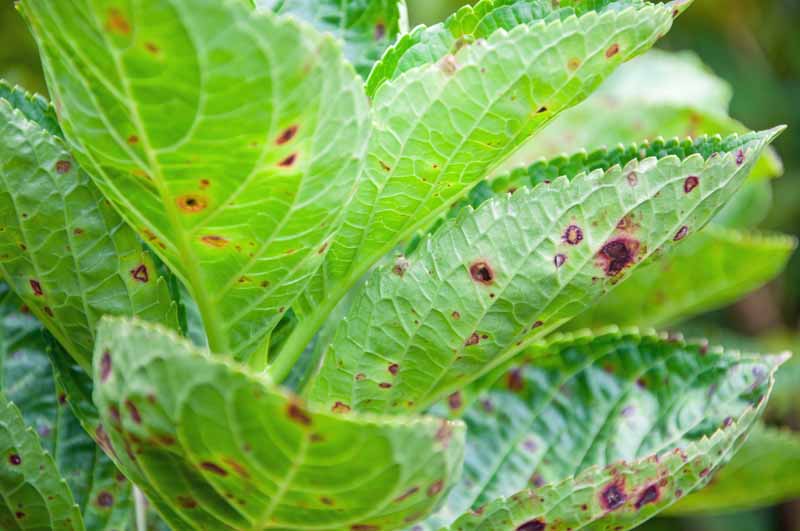
Bacterial infections are a huge cause of hydrangea leaves turning brown. Bacteria tend to enter a plant mostly through wounds or cuts, causing leaf spots and discolouration.
Here’s what to do: Avoid overhead watering, as it creates a comfortable environment for bacteria to grow. Ensure that there is proper air circulation around the plant by pruning overcrowded branches.
14. Nutrient Deficiency
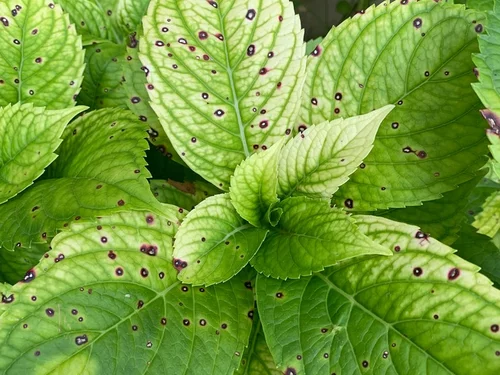
Lack of essential nutrients such as nitrogen, phosphorus, and potassium can lead to unhealthy foliage. However, this can be a huge cause of hydrangea leaves turning brown.
Here’s what to do: Regularly feeding the plant is a great way to ensure it gets the required nutrients. You will also have to maintain the soil through natural compost so it remains healthy for the plant’s growth.
15. Improper pH Level in The Soil

Hydrangeas usually prefer a slightly acidic to neutral soil having a pH of 5.5 to 7. In case the soil pH is too low or too high, both will cause the leaves to turn brown, as it affects nutrient availability.
Here’s what to do: Using a pH testing kitis a great option to start with; as a gardener, this is something you should have handy. In case of low pH, you can apply aluminum sulfate; on the other hand, if the pH is high, you can use lime.
16. Dog Urinating on Hydrangea
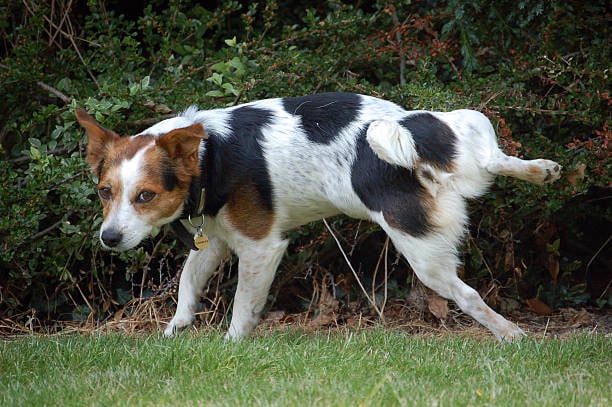
A dog’s urine is rich in urea which can cause burning effects on your hydrangea leaves. If the dog is urinating on the soil, it will eventually disbalance the pH level of the soil, causing various diseases in the plant.
Here’s what to do: Water hydrangeas so the urine is diluted and causes no effect on the plant. On the other hand, you can also ensure that the dog does not come near your plants by creating a barrier through something.
17. Pest Infections
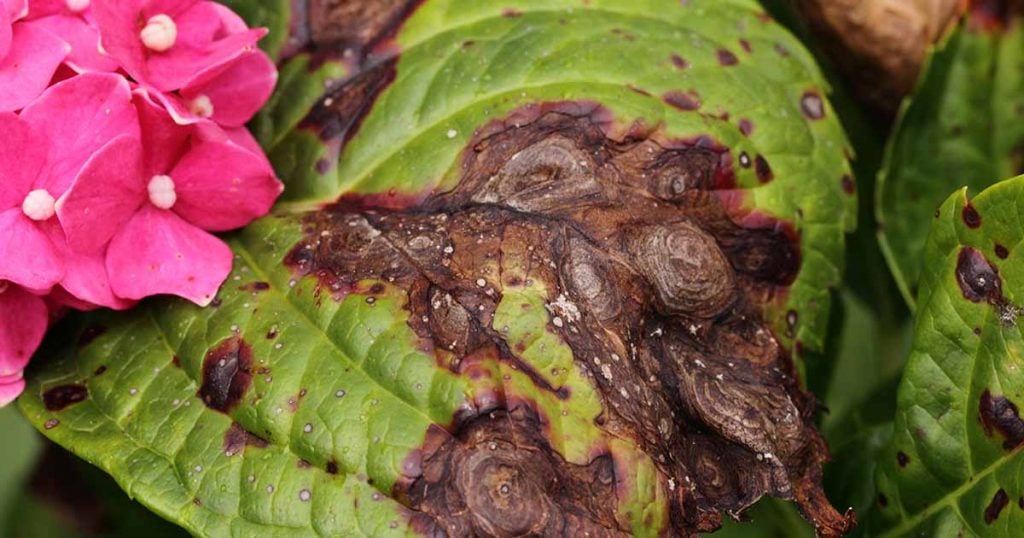
Pest infection is very normal in plants, and all gardeners have faced this situation at least once in their life. Pests like spider mites, aphids, or leaf beetles are a big cause of hydrangea leaves turning brown.
Here’s what to do: To stay away front this, you have to regularly check for pests and use insecticidal soaps, neem oil, or other organic substances to control pests.
18. Viral Infections
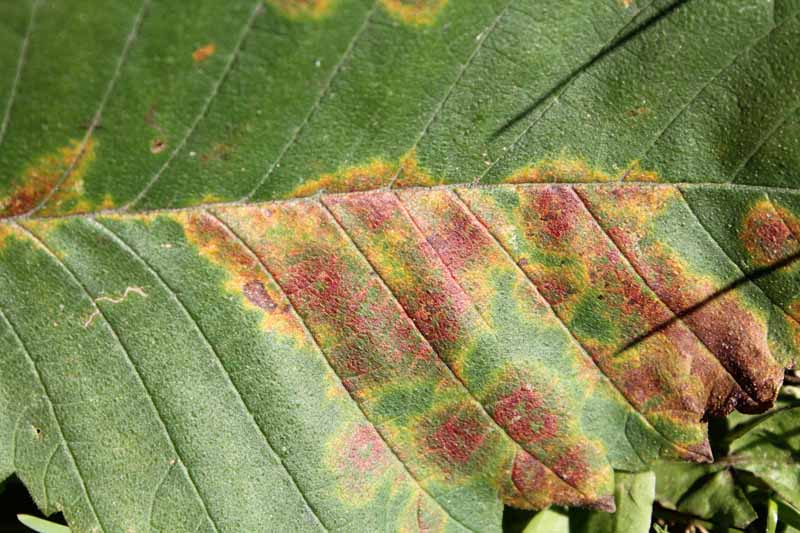
Infections are not that common in plants but are mostly spread through infected tools, insects, or grafting. It is not easy to figure out infections as well; here are a few things to check. Mottled or streaked patterns in leaves, stunted growth, and brown spots.
Here’s what to do: Unfortunately, there is no way to remove infections from plants; you will have to remove the plant and cure the soil fully.
19. Selective Breeding
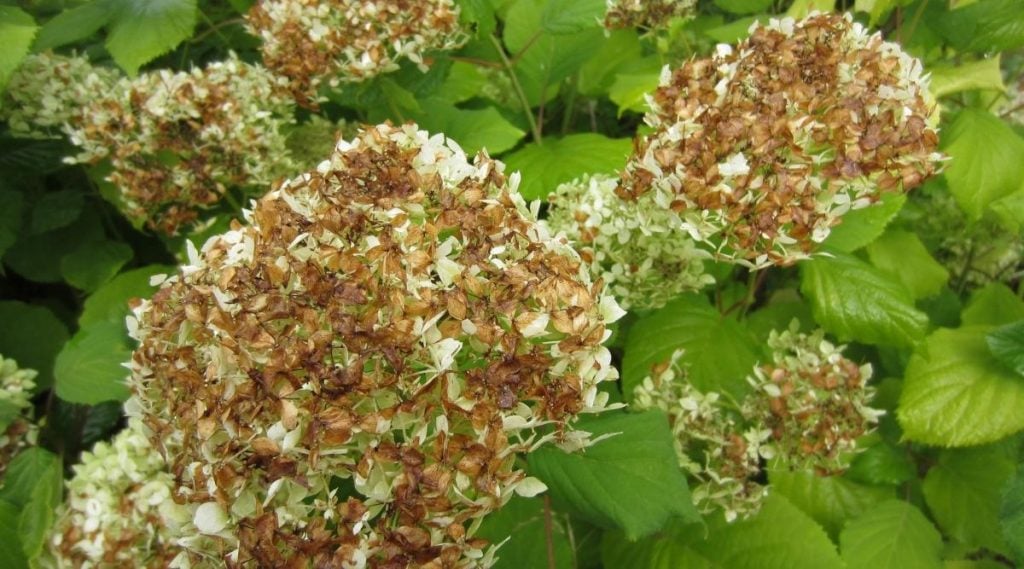
You might wonder why your hydrangea’s leaves are red or brown; the fact is there are many hybrid plants available in the market that are no doubt hydrangea by producing red leaves.
Here’s what to do: You will have to ensure that you buy the right plant so you don’t get confused later; however, if you buy the wrong plant, then stay calm red leaves are fine.
20. Overcrowding and Competition from Neighbouring Plants

A major cause of hydrangea leaves turning brown is overcrowding and competition from neighbouring plants. When hydrangea has to fight for resources, it can lead to poor circulation, lack of sunlight, and nutrient deficit.
Here’s what to do: The pro solution to this is to ensure adequate space between plants, especially if they are different breeds. Prune the surrounding to ensure they get proper sunlight.
Summing It Up
All in all, we’ve uncovered a garden of knowledge of why hydrangea leaves are turning brown. From excessive fertilizers to pH levels and even pests, our hydrangeas face quite an adventure during their lifetime. But you don’t have to worry because we’ve armed you with enough knowledge to save and promote healthy growth for plants. Sometimes it might get difficult for you to analyze what the problem really is, and it’s ok.
Just stay calm and gather all the detailed information you’ve gained here for your hydrangeas and let them bloom.
Frequently Asked Questions
How Do I Fix Brown Leaves on My Hydrangea?
To fix brown leaves on hydrangea, start by identifying the root cause of the problem. It could be due to lack of water or overwatering, lack of sunlight or excessive sunlight, or even improper pH balance; there can be various reasons. Once you have identified the cause, then you can easily take the appropriate actions accordingly.
Why Are My Hydrangea Leaves Turning Red and Brown?
Hydrangea leaves turning brown can be attributed to factors like environmental stress, nutrient deficit, pH imbalance, or pest infection. Extreme sunlight or re-poting them in the summer season is the major reason for stress. These are a few of the reasons why hydrangea leaves turn brown.
Are There Any Specific Diseases or Pests that Cause Brown Spots on Hydrangea Leaves?
Yes, there are specific diseases and pests that can cause brown spots on hydrangea leaves. Common culprits include fungal mildew, as well as pests like spider mites and aphids. Identifying the specific issue is crucial for implementing the right treatment, such as fungicides or the plant’s vitality.

